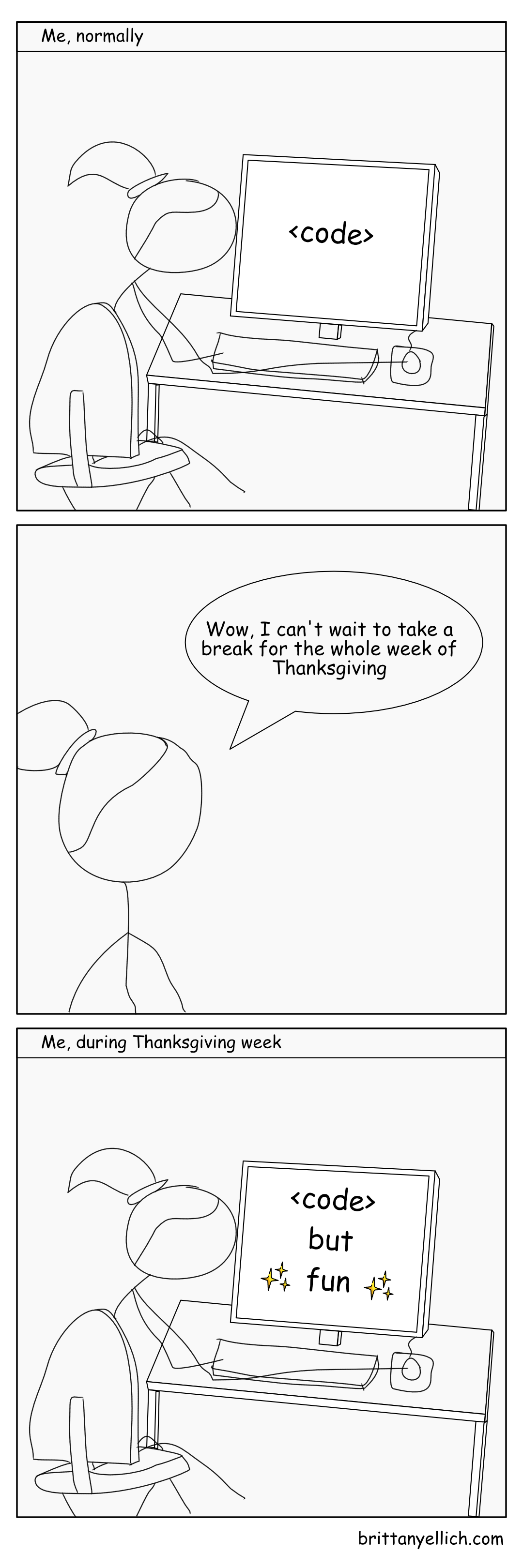· Brittany Ellich · papers · 3 min read
Time, Clocks, and the Ordering of Events in a Distributed System
Notes / Computer Science History / Time, Clocks, and the Ordering of Events in a Distributed System
Author(s): Leslie Lamport
Date: 1978
Notes
- “A distributed system consists of a collection of distinct processes which are spatially separated, and which communicate with one another by exchanging messages.”
- Clocks aren’t perfectly accurate and aligning real clocks is difficult.
- How do we know the order of two events?
- We can’t rely on ordering based on the clocks of the individual systems
- Partial Ordering
- A simple “happens before” relationship to determine the order between two events within the same process (state machines)
- When two events cross in the event stream, we can’t really know which one came first. For partial ordering, it’s arbitrary
- Logical Clocks
- Sending a timestamp along with the message, the receiver can use the timestamp and increment it to a greater value, setting its own local clock
- In a distributed system, each process keeps its own clock
- Total Ordering
- Use logical clocks to order events and then use an arbitrary way to determine which came first for concurrent events
- Can be used to solve the mutual exlusion problem. Only one process can use a resource at a time so the processes must
- Each process maintains its own request queue which is never seen by another process.
- Defines the following algorithm: 1. Process P1 sends a message to all other processes to request a resource with a timestamp on the message 2. All other processes acknowledge the request on their request queue, and send a timestamped acknowledgement message to P1 3. P1 releases the resource by removing the requests resource message from its request queue and sends a timestamped releases resource message to all other processes 4. All other processes receive that releases resource message and removes the requests resource message from their request queues
- Process P1 gets the resource when there is a requests resource message in its request queue, ordered before any other request in its queue, and P1 has received a message from every other process acknowledging the request after its initial timestamp
- This algorithm is ideal in situations where there is no central process or central storage
- Physical Clocks
- A clock synchronizing algorithm to reduce drift among physical clocks using the current value of the process physical clock and the timestamp of the message received
- Drawbacks
- Fails to call out retries or errors/failing scenarios
- “Almost nobody thought it was about state machines”…”Never understood why it’s so important in computer science… but what people get out of it is a way of thinking about distributed systems that felt obvious to me but wasn’t obvious…and got them thinking a different way”. - Interview with Leslie Lamport
- Thinks about this as a physics problem, not a math problem.
Resources
- Blog post summary
- Blog post
- Papers We Love Presentation
- Interview with Leslie Lamport
- Awarded a Turing award for this paper in 2013
- YouTube Video Summary
- A good summary of the paper

